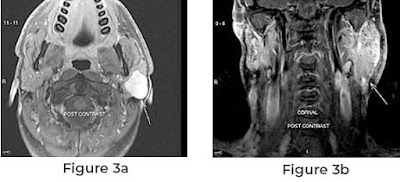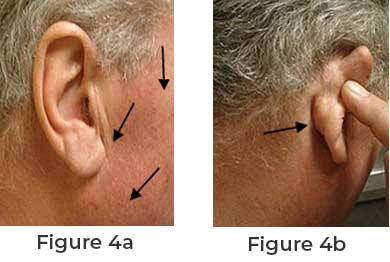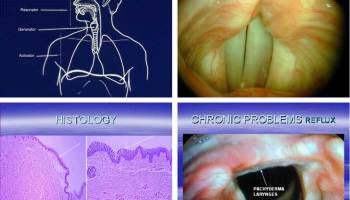Basic Information about Mucoepidermoid Tumor

Several hundred minor salivary glands are too small for the microscope to see. These glands are lined under the lips and the tongue; they are on the top of the mouth; they have nose, sinuses and the larynx inside the cheek.Tumors in these glands are rare, but cancerous rather than benign are more common. Minor salivary gland cancer mostly begins on the mouth roof. Mucoepidermoid tumor carcinomas, including the breast, eustachian ear tube, lung bronchi and thyroid, have been identified at far and atypical locations. Carcinomas are not identified for Mucoepidermoidsubglottis. In infants, MEC is the most common malignant salivary gland.The tumor normally develops an unpainted, constant, slowly growing swelling with large variations, which often takes place before a clinical presentation in an accelerate growth process. Tenderness, otorrhea, dysphagia and trism are all the symptoms. Intraoral tumors are frequently fluctuating and bluish-red and can be close to mucoceles or vascular inju

